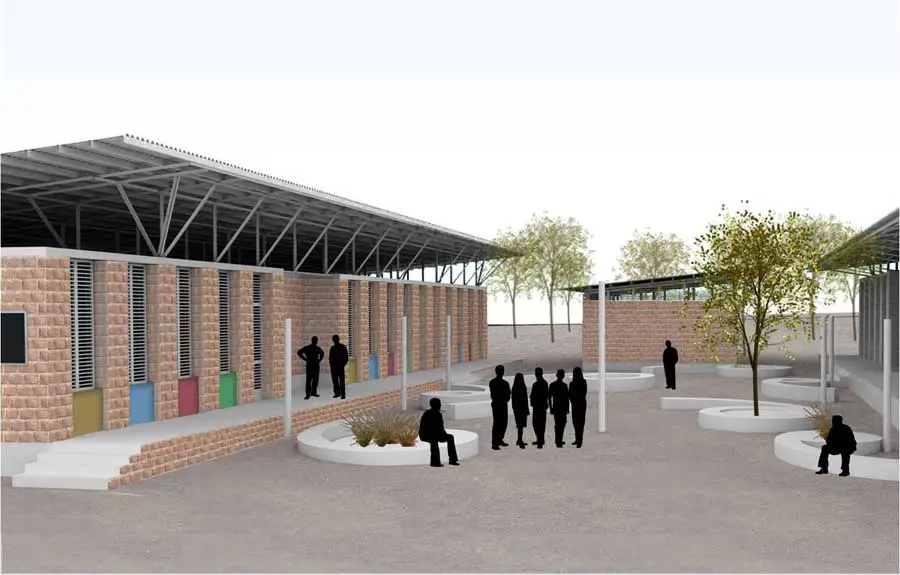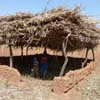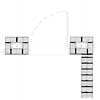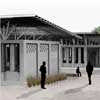Burkina Faso School Buildings, Article 25 Africa, Project, News, Secondary Design
Schools in Burkina Faso : Article 25 in Africa
Secondary Education Buildings: Prototype Construction, Architecture
13 Nov 2012
Burkina Faso School Buildings
‘Article 25: the built environment’s charity’
![]()
Report by Article 25
Written for www.e-architect.com
Construction starts on prototype school in Burkina Faso, West Africa
Author: Martin Spring
After a delay of a year and a half, construction will at last start this month on a £170,000 school extension in Burkina Faso, West Africa. The new extension is the brainchild of the UK’s build environment charity, Article 25, which intends it as a prototype for new school buildings to be unrolled across the country.
Burkina faso new extension 1st phase:
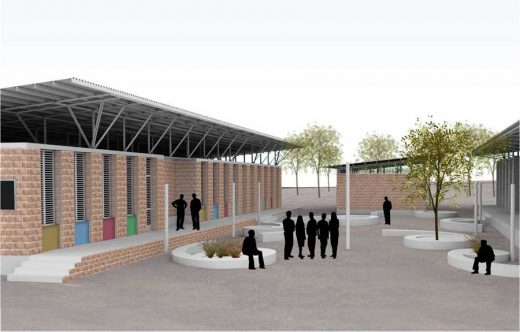
Burkina Faso is a landlocked country that is blighted by the world’s lowest literacy level, as measured by the UN Development Programme. But in the provincial capital of Gourcy, local demand for education has overwhelmed the existing Bethel Secondary School so much that it has become severely overcrowded and turns away scores of children every year.
Bethel’s new school buildings were designed by Article 25’s in-house architects with environmental design by Max Fordham Consulting Engineers. Although conceived in consultation with local people, their design is undisguisedly modern and western. Yet it is an intelligent response to the prevailing tropical climate, while at the same harnessing local building materials and skills that are readily available and inexpensive.
The roofs are the prime defence against the fierce tropical sunlight, which regularly boosts temperatures within Bethel’s existing concrete classrooms beyond 40°C during afternoon lessons. Design inspiration came from peculiar but effective local sun shelters, which are little more than brushwood stacks raised on rickety sticks above head height.
In each of the three new classroom blocks, a monopitch roof will shade the perimeter walls by oversailing them on all sides. In addition, the roof will be raised up to 1.5 metres above the plywood ceilings, allowing the intervening roof space to be cooled naturally by cross ventilation. The classroom below will likewise be cooled by cross ventilation passing through adjustable louvred shutters.
cross section showing natural ventilation ; long section:
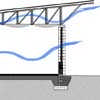
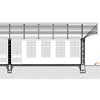
When it comes to construction, Burkina Faso has precious few local building materials to offer. So, instead of scarce timber, the roofs will be made of crinkly tin supported on simple steel trusses. The louvred shutters will likewise be steel rather than timber, though manufactured locally.
The walls, in contrast, the walls will be constructed out of one of the few traditional local materials, laterite stone, which is cut by hand out of a nearby quarry. Laterite blocks have a similar consistency to medium-density concrete blocks, but save on the expense of imported cement. They will be laid by local masons who have used the material for centuries, and will be left with their attractive natural reddish-brown surface exposed.
laterite quarry ; vernacular masonry:
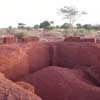
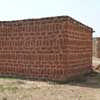
Weak points in the masonry walls, such as door jambs, will be strengthened by structural piers. Piers will be constructed by forming laterite blocks into permanent shuttering enclosing a core of reinforced concrete, along with electricity conduit.
One change in the detailed design has been to abandon insulated ceilings elaborately assembled out of tarpaulins supporting sandbags or gravel. The ceilings will now be plywood panels, which the project architect, Yara Pavel, says are simpler and more cost efficient.
A reliable local contractor was appointed by Article 25’s acting chief executive, Robin Cross, on a site visit last September. At the same time he appointed a local team of two architects and an engineer to supervise construction. In a departure from Article 25’s usual procedure of dispatching a western supervisor, this local appointment was made, as Cross explains, “on the advice of the government due to a perceived risk of kidnapping” in the region. “And by employing local people,” he adds, “we have turned adversity to advantage.”
As for the 18 months’ delay, this was caused by the bureaucratic process of transferring the land tenure to the school’s new local operator, AEAD. AEAD’s executive director grew impatient with this protracted official process and suggested it could be bypassed with impunity. But Cross was not persuaded and warned that: “Where an international NGO does not follow the law, they are open to extortion of different kinds.”
A second phase comprising latrines, library and ancillary accommodation will follow on next May. Bethel Secondary School’s entire £290,000 new extension is funded by the UK charity, Giving Africa. The charity regards the extension as a prototype for 20 schools that it hopes to roll out across Burkina Faso.
Martin Spring
Martin Spring is an award-winning architectural journalist and writer. During his 38 year career, he has served as architectural editor of Building magazine and joint editor of Architectural Design. He currently writes books, booklets, reports and features articles on a freelance basis.
Burkina Faso Secondary Schools images / information from Article 25
West Africa Architectural Designs
23 Apr 2013
School extension takes shape in natural stone in Burkina Faso
Author: Martin Spring
Burkina Faso Schools
Location: Burkina Faso, West Africa
1 Nov 2011
Article 25 Project Update : Secondary Schools in Burkina Faso, West Africa
Author: Jemma Houston, Article 25 Project Architect
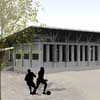
Burkina Faso Secondary Schools
This month we submitted our Stage D design report for a Prototype School building in Burkina Faso to our local partner AEAD. Burkina Faso is one of the least developed countries in the world, with the UN Development Program Report ranking the country as having the lowest level of literacy in the world.
Education in Burkina Faso is woefully inadequate and, as with much of the rest of the region, is characterised by severe overcrowding, extremely poor learning conditions, and increasing demand. The prototype is the first of twenty schools planned for the region over the next twenty years and is intended to act as a replicable model designed to help improve standards of education in the country.
Burkina Faso School Building images © Article 25
African School Buildings by Article 25
African Buildings by Article 25
African School Buildings
Democratic Republic of Congo Schools
Comments / photos for the Burkina Faso School Architecture page welcome

